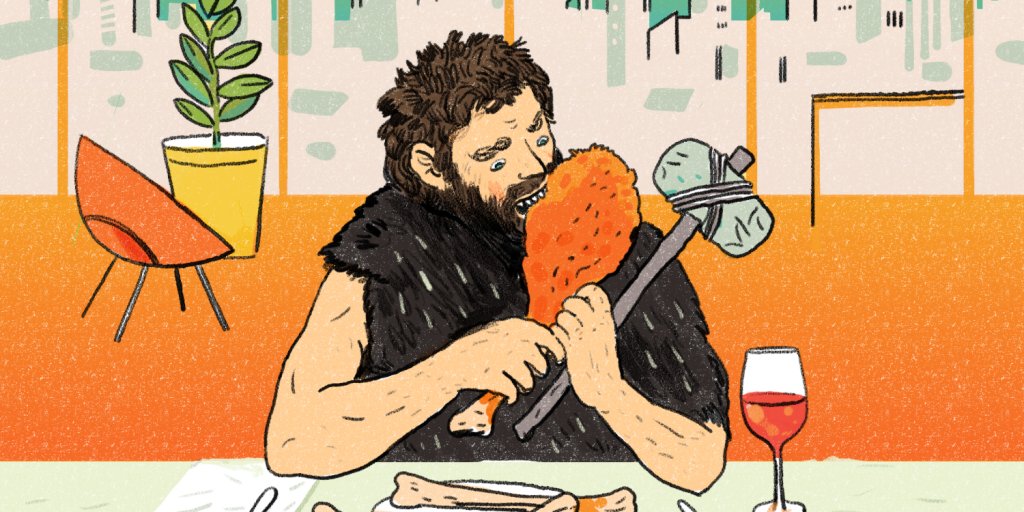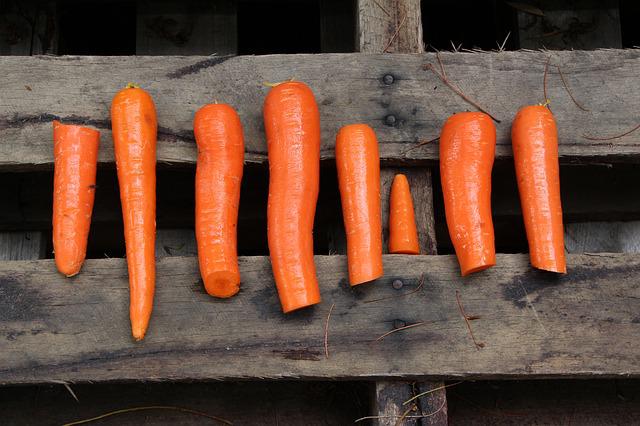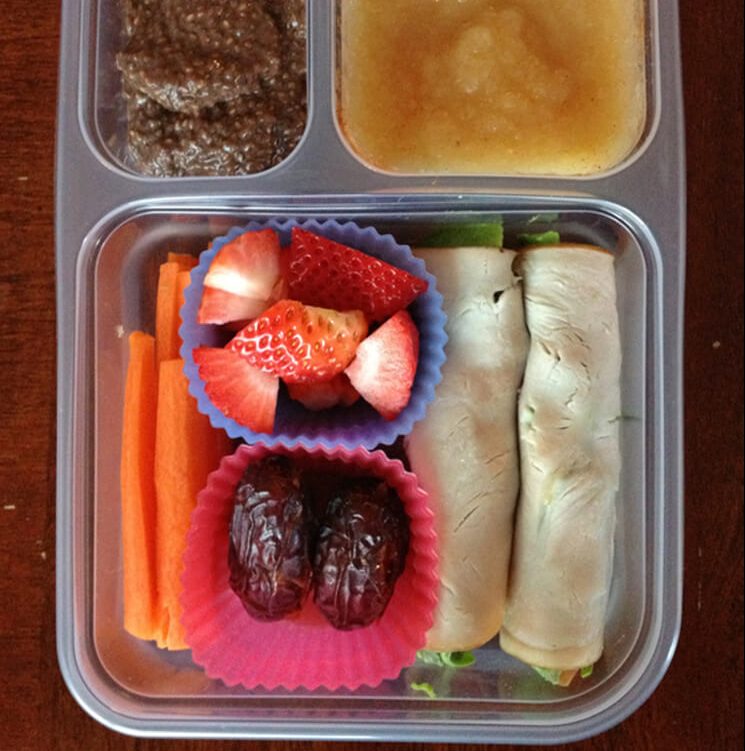
The menu diet paleo emphasizes eating foods that our ancestors ate. This diet includes foods such apricots, dried Pumpkin seeds, and banana with almond Butter. It can also be filled with sweet potatoes, chicken, and other vegetables. EatingWell supports certain foods even though the paleo diet might seem restrictive. Here are some suggestions for healthy foods that you can enjoy while eating healthy.
Pola makanan, paleolithic manusia
Christina Warinner, Ph.D., studied pola makan manusia purba and mitos-mitos pola makanan paleolithic manusia in 2010. She claims that manusia Paleolithic manusia ate large amounts of daging as well as all types of meat. This myth was believed by many paleolithic people but is now considered obsolete and irrelevant.
Paleo diet, also known as "diet of the manusiagua", is a way for people to eat in a similar fashion to the food that manusiagua and men used to consume. Their kesehatan is improved and they preserve their heritage. This diet is not suitable for all. It is not right for everyone.
The Ramasokat lukisan includes two types of Kelompokan: the ceruk and the lukisan. They were found in the Liabalano and Sulawesi Tenggara areas. The lukisan gua includes a variety of proteins, carbohydrate, and amino acids. These nutrients promote healthy living and may help us understand human evolution.

The diet of modern humans has many benefits, but also a few risks. People who eat foods rich with nutrients, such the Paleolithic Era diet, are more likely than others to develop diseases. Healthy eating habits can help lower your chances of developing diseases. And if you are interested in eating healthier, try the Clean Eating diet. Eating this way has obvious benefits. A low-fat diet can improve your health and prevent you from becoming sick.
Paleolithic diet allows certain foods
Add sugars, vegetable fats, and artificial sweetness are all common in processed foods. They can be dangerous for your health. Excess salt and refined sugars contribute to obesity, and the high amounts of salt can lead to heart disease. The American Heart Association recommends that vegetable oils be replaced with canola oil by using safflower oil or corn oil. These oils contain high levels omega-6 fatty acids.
Many commercial paleo diets prohibit dairy products, but others have stricter restrictions. A paleolithic diet allows for lean pork loin, roasted chicken, onion and carrot stuffing, as well as steamed broccoli. Other paleo diet plans allow little honey or maple syrup. These diets have received varied levels of scientific support.
The high levels of phytotic acid found in legumes is something paleo enthusiasts recommend you avoid. These substances inhibit the absorption of essential minerals from the gut. They are allowed in certain cases. It's tempting to eat beans and potatoes but it's not recommended that you do so as often as other processed foods. Your daily meal plan should contain plenty of fruits or vegetables.
Guidelines for eating a paleolithic lifestyle
While the Guidelines for Eating the Paleolithic Diet differ from modern food, they both follow the same principles. While the Paleolithic diet was primarily composed of animal products, it is also rich in plants, and there are few limitations. You need to be aware that some people may not be genetically suitable for this diet and that higher levels of meat may not be good for your health. Paleolithic nutrition may not be for you.

Paleolithic diets are known to exclude dairy products. This could put you at risk of nutritional deficiency. In particular, a lack of calcium in the diet can lead to tooth decay, and deficiency in this vital mineral may have detrimental effects on your bones and teeth. Furthermore, calcium plays a role in blood clotting and muscle contraction. Whole grains can reduce your risk of stroke, heart disease and type 2 diabetics. However, since grains were virtually eliminated, you might be at high risk for calcium deficiency.
There are many principles that guide Paleolithic food choices. It emphasizes eating nutritious foods, such as fruits and vegetables, and restricts carbohydrates and processed food. It is important to adhere to the guidelines so that you don’t get carried away. Each person's paleolithic lifestyle is unique. It is important to remember that the Paleolithic diet was based on a lifestyle that existed 10,000 to 12,000 years ago.
FAQ
Can I cook with my family?
Yes! Yes, kids love to help in kitchen. It's a fun activity that teaches them responsibility and teamwork. Children can help in everything, from washing vegetables and cutting onions. You will have your children enjoy helping you cook as long as they follow safe procedures when using knives.
What are the requirements to become a chef?
A bachelor's degree is required to become a chef. A series of tests must be passed by the ACF. After you have completed all requirements, you will receive a certificate confirming your qualifications.
How Do I Learn About Cooking?
There are many cooking classes available all over the country. Many schools offer courses in baking, pastry, and wine tasting. A local community college, vocational school, or private institution can offer classes in cooking.
What should a beginning cook learn first?
A beginner should start cooking something easy, like pasta, rice, or soup. You can learn how to cook by looking at a cookbook or watching a YouTube video. Cooking with others is more enjoyable. Try cooking together as a family, or have friends share the experience.
Statistics
- You'll be amazed that over 90% of CIA students receive scholarships and grants to finish their culinary studies. (ischoolconnect.com)
- In the United States, the category is estimated at $23.2 billion annually and is growing faster than the market. (washingtonpost.com)
- On average, chefs earn $58,740 a year, according to the BLS. - learnhowtobecome.org
External Links
How To
How to cook a steak
The right cooking method for any type of meat depends on its thickness. Thicker steaks, for example, are better cooked at low heat while thicker steaks require higher temperatures.
It's important to not overcook the steaks as they will lose their taste. Remember to take your steak out of the oven when it's done. You won't burn.
Cooking times will vary depending on how large the steak is and what degree of doneness you desire. These are some guidelines:
Medium Rare: Cook until medium rare, which means the internal temperature reaches 145degF (63degC). This will take between 3 to 5 minutes per side.
Medium: Cook until medium, which means the internal temp reaches 160degF (71degC). This normally takes around 6 minutes per side.
Cook well until done. That means that the internal temp reaches 180degF (82degC). This usually requires 8 to 12 minutes per side.